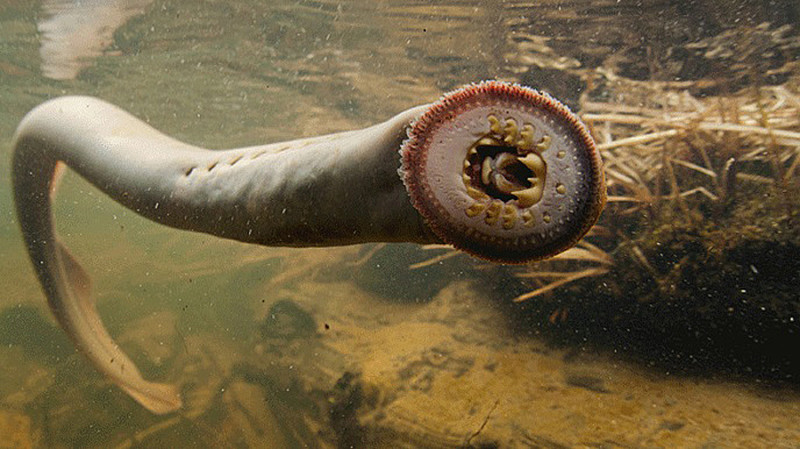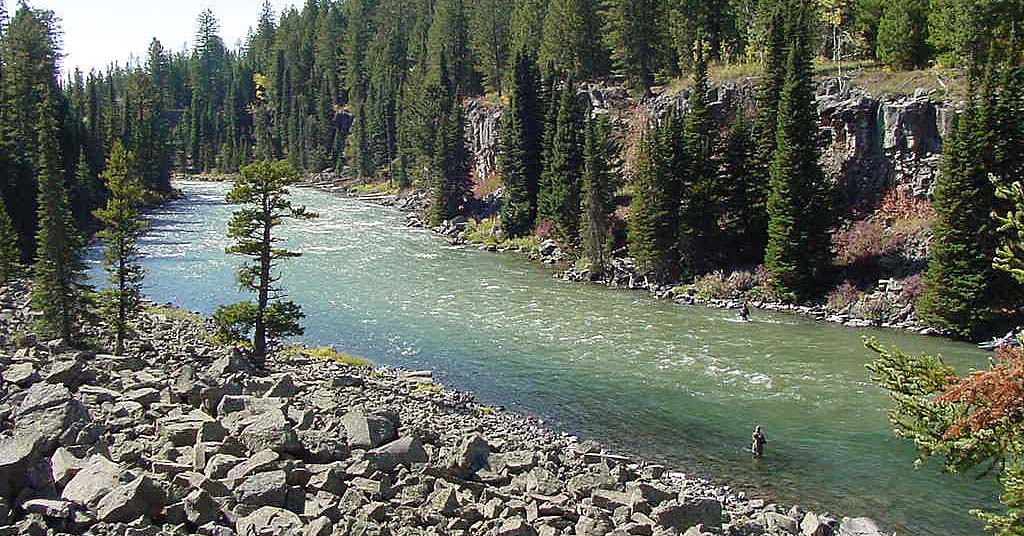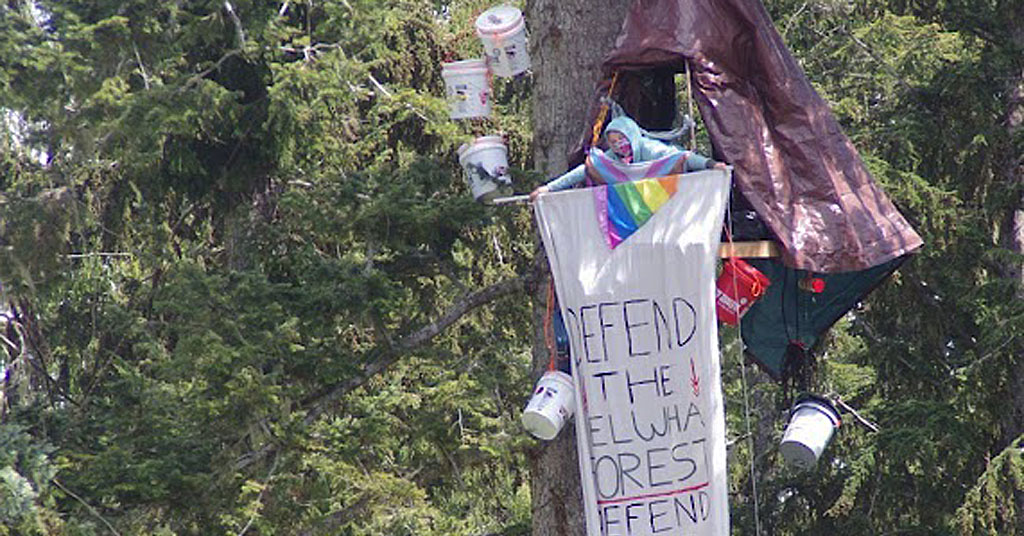By Melissa Allen. Aug. 22, 2019. It’s home to bobcats, coyote, elk, and dozens of other mammals. It supports a host of different insects, birds and plants. Its mossy greenery and damp soils have a heartbeat, and it inhales the same polluted air that we do. Forest Park is alive.
Sitting in the heart of cozy Portland, Forest Park provides for the creatures that live among us. It grows in different ways with age, rapidly taking on ivy or garlic mustard, or repairing the more direct damage humans leave behind. Constantly adapting to threats, the ivy in Forest Park crawls and winds its way up trees, blanketing them in green and suffocating as it goes.
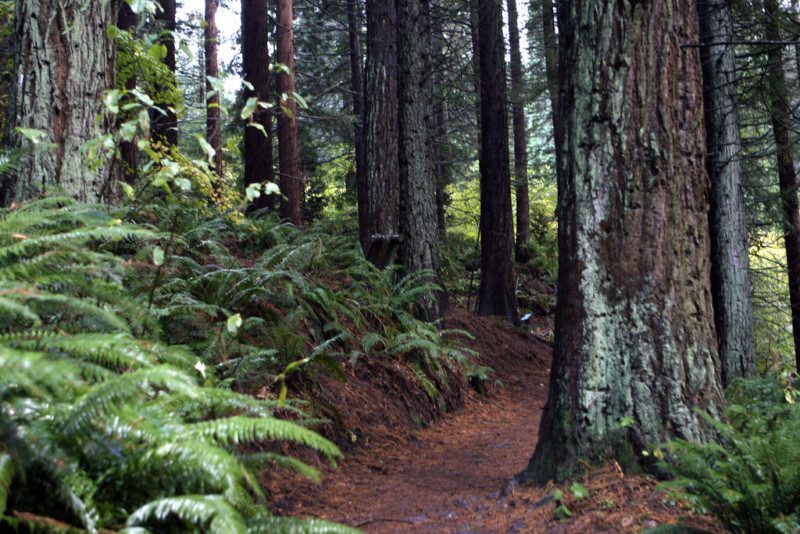
Photo by Joe Wirtheim.
But even though the park is undoubtedly alive, it can’t sustain itself against threats brought on by humans. That includes long-term threats that have built up over time, such as population growth and climate change, as well as more obvious threats like littering. And without the help of dedicated stewards who work to diminish these threats, Forest Park would not be the urban forest we know and love today.
Zachary Peal is one of those stewards, and he serves as the volunteer coordinator for the Forest Park Conservancy. His dedication to nature coupled with his innate understanding of people serve him well in his efforts to connect volunteers with the park.
Some volunteer to help against invasive species by uprooting English ivy, while others maintain trails that allow access to different corners of the park. There are also those who dedicate their time to educating visitors about the park, and through that education, memories are built over and over again.
“There’s a story, something is happening, and there’s more than one story, there are thousands of stories,” Peal says. “People come into the Park and [we] have tens of thousands of them on multiple trailheads throughout the year, and we know that each one of them has a different perspective on the experience of the location.”
The idea that hundreds of others have had different experiences in the same place is overwhelming, yet the idea connects each and every one of us to Forest Park. We can only imagine what those stories are by the worn trail we walk on. These stories lend to us an experience beyond the moments we have in there.
For every one of those random walks through the park, there is a transcendent path which imbeds within us a place of importance. And for each experience like that, there are more out there alongside it. Communities develop from those connections, which then leads to advocating for and protecting these places.
The trail runners, hikers, bikers and other frequent visitors are the ones whose lives are connected to Forest Park. They are also the most active volunteers and, as Peal explains, the motivation.
They understand the complexities of the park environment and realize the importance of maintaining its health. Their connection to the park has often led them to be advocates for a place that many of us experience on a day-to-day basis. Over time, they are able to recognize changes like a shift in air quality or the decline in bee populations. And they don’t consider it “going out of their way” to educate a young child pulling bark off a tree, or to explain why we don’t drop candy wrappers on the ground.
Because they interact with Forest Park the most, they have a stake in the park’s longevity.
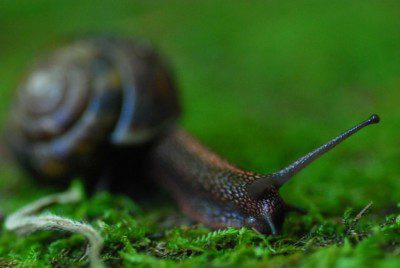
One of Forest Park’s least hurried residents. Photo by Nathan.
The motivation that these experienced park-goers display should be something that we embrace in our lives all the time. Every one of us can make an impact. Even people who have never visited Forest Park can find a place of their own to look out for.
Peal explains that it simply depends on having access to a place like Forest Park where we can establish some sort of connection. And he suggests that one of the worst things that can happen when fostering these connections is getting distracted by a bright screen in your hand. So pocket the cell phone and pay close attention to what your neighborhood park has to show you.
“If you live in a place but don’t see and don’t experience it, you tend to be very passive about it and very disengaged from it,” he says. “Not from the fact that you don’t care, but because you quite literally can’t care, because you don’t know that this is something you need to be invested in.”
“Advocacy flows from experience of use, flows from the access you can have and how closely you can be to it. It all blends together to advocate for preservation.”



